
October 27 - 29, 2016 | University of Michigan Taubman College | Ann Arbor, Michigan
The ACADIA 2016 Conference will foster design work and research from the worlds of practice and academia that lie at the intersection between procedural design, designed environments and autonomous machines. More specifically, this conference will seek to explore recent work within the current trend in computational design to develop and apply quasi-cognitive machines; the integration of software, information, fabrication and sensing to generate mechanisms for interfacing with the physical realm. The conference will invite the submission of papers and projects that explore and interrogate these questions through interdisciplinary endeavors involving fields such as material science, biology, art, computer graphics, civil engineering, and human-computer interaction.
AIA member attendees will receive 1.5 LU or LU/HSW CEUs per paper session and 1 LU per keynote presentation
Download the ACAIDA 2016 Smartphone App
PANEL DISCUSSION

FABRICATED, a panel discussion, will mark the close of the 2016 ACADIA workshops and the launch of the conference. The panel will be comprised of workshop leaders Brandon Clifford, Matt Jezyk, Dave Pigram and Lauren Vasey, and moderated by workshop co-chairs and Taubman College assistant professors Wes McGee and Catie Newell. After a brief reflection on the workshops that have just completed, the conversation will focus on the current and future works of the panelist as it relates to the 2016 ACADIA theme Posthuman Frontiers. At the conclusion of the workshops, the Taubman College FABLab will be open for tours.
IMPORTANT DATES:
- September 20, 2016: Early Registration Deadline (discounted price)
- October 21, 2016: Workshop Registration Deadline
- October 24-26, 2016: ACADIA 2016 Workshops
- October 26, 2016: Fabricated Panel Discussion
- October 27-29, 2016: ACADIA 2016 Conference
- October 30, 2016: Tours of Detroit (optional)
GENERAL CONFERENCE INFO
ACADIA PLATINUM SPONSOR
ACADIA would also like to acknowledge the generosity of Autodesk in their support of additional scholarships and awards including the Autodesk ACADIA Student Conference Travel Scholarships, and the Autodesk ACADIA Research Excellence Awards to support outstanding peer-reviewed papers and projects.
LIFETIME ACHIEVEMENT AWARD AND KEYNOTE SPEAKER:
ELIZABETH DILLER

Bio:
Elizabeth Diller is a founding partner of Diller Scofidio + Renfro (DS+R), an interdisciplinary design studio that works at the intersection of architecture, the visual arts, and the performing arts. With Ricardo Scofidio, Diller was the first in the field of architecture to receive the “genius” award from the MacArthur Foundation, which stated “their work explores how space functions in our culture and illustrates that architecture, when understood as the physical manifestation of social relationships, is everywhere, not just in buildings.”
DS+R established its identity through independent, theoretical, and self-generated projects before coming to international prominence with two of the most important planning initiatives in New York: the High Line, and the redesign of the Lincoln Center for the Performing Arts campus. In addition to the recently openend Roy and Diana Vagelos Education Center at Columbia University, and The Broad museum in downtown Los Angeles, Diller is Principal-in-Charge of The Shed, a new center for artistic invention, and the renovation and expansion of MoMA, both in New York. Diller graduated from the Cooper Union School of Architecture in 1979, and taught at the school from 1981-1990. She is a Professor of Architecture at Princeton University.
Diller is a recipient of the Smithsonian Institution’s National Design Award, the Lifetime Achievement Award from the National Academy of Design, and the Brunner Prize from the American Academy of the Arts and Letters. She is a Fellow of the American Academy of Arts and Sciences, and International Fellow of the Royal Institute of British Architects. In 2013, Diller was awarded the Barnard Medal of Distinction, and DS+R was presented a Centennial Medal of Honor from the American Academy in Rome. Diller was selected by Time magazine as one of the “100 Most Influential People in the World.”
KEYNOTE SPEAKERS:
IRIS VAN HERPEN
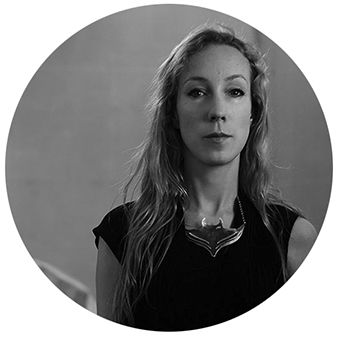
Bio:
Normal rules don’t apply...
Iris van Herpen stands for a reciprocity between craftsmanship and innovation in technique and materials. She creates a modern view on Haute Couture that combines fine handwork techniques with digital technology .Van Herpen forces fashion to the extreme contradiction between beauty and regeneration. It is her unique way to reevaluate reality and so to express and underline individuality.
The essence of van Herpen is expressing the character and emotions of a woman and to extend the shape of the feminine body in detail. She mixes craftsmanship- using old and forgotten techniques- with innovation and materials inspired by the world to come.
“For me fashion is an expression of art that is very close related to me and to my body. I see it as my expression of identity combined with desire, moods and cultural setting.
In all my work I try to make clear that fashion is an artistic expression, showing and wearing art, and not just a functional and devoid of content or commercial tool. With my work I intend to show that fashion can certainly have an added value to the world, that it can be timeless and that its consumption can be less important then its beginning. Wearing clothing creates an exciting and imperative form of self-expression. 'Form follows function' is not a slogan with which I concur. On the contrary, I find that forms complement and change the body and thus the emotion. Movement, so essential to and in the body, is just as important in my work. By bringing form, structure and materials together in a new manner, I try to suggest and realize optimal tension and movement.”
Iris’ designs require every time a unique treatment of material or even the creation of completely new materials. For this reason, Van Herpen prefers interdisciplinary research and often collaborates with other artists or scientists.
PHILIP BEESLEY
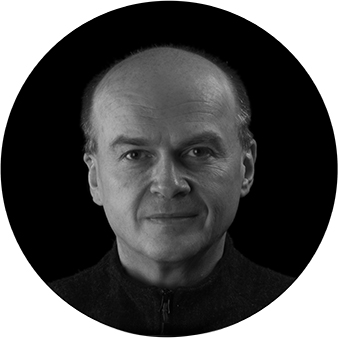
Bio:
Philip Beesley is a practicing visual artist, architect, and Professor in Architecture at the University of Waterloo and Professor of Digital Design and Architecture & Urbanism at the European Graduate School. Beesley's work is widely cited in contemporary art and architecture, focused in the rapidly expanding technology and culture of responsive and interactive systems.
Beesley was educated in visual art at Queen's University, in technology at Humber College, and in architecture at the University of Toronto. He serves as the Director for the Living Architecture Systems Group, and as Director for Riverside Architectural Press. His Toronto- based practice, Philip Beesley Architect Inc., operates in partnership with the Europe-based practice Pucher Seifert and the Waterloo-based Adaptive Systems Group, and in numerous collaborations including longstanding exchanges with couture designer Iris van Herpen and futurist Rachel Armstrong. PBAI/PS combine the disciplines of professional architecture, science, engineering, and visual art. The studio's methods incorporate industrial design, digital prototyping, instrument making, and mechatronics engineering. Beesley has authored and edited sixteen books and proceedings, and has appeared on the cover of Artificial Life (MIT), LEONARDO and AD journals. Features include national CBC news, Vogue, WIRED, and a series of TED talks. His work was selected to represent Canada at the 2010 Venice Biennale for Architecture, and has received distinctions including the Prix de Rome, VIDA 11.0, FEIDAD, Azure AZ, and Architizer A+. Beesley's work is supported by partnerships and by SSHRC, NSERC and Canadian arts and technology funding.
THEODORE SPYROPOULOS
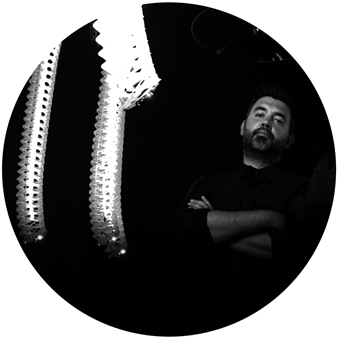
Bio:
Theodore Spyropoulos is an architect and educator. He is the Director of the Architectural Association’s world renowned Design Research Lab (AADRL) in London. He has been a visiting Research Fellow at M.I.T.’s Center for Advanced Visual Studies and co-founded the New Media and Information Research initiative at the AA. He has taught in the graduate school of UPENN, Royal College of Art Innovation Design Engineering Department and the University of Innsbruck.
In 2002 with his brother Stephen Spyropoulos he co-founded the experimental architecture and design practice Minimaforms. Using design as a mode of enquiry, the studio explores projects that enable new forms of communication. Embracing a generative and behavioral approach the studio develops open systems that construct participatory and interactive frameworks that engage the everyday. Their work has received international attention which have included nominations for the International Chernikhov Prize in architecture, named one of the top ten international public art installations by the Telegraph for their work Memory Cloud and most recently they were awarded best idea / creative work in the 5th Chinese International Beijing Biennale. Recent projects include two thematic pier landmarks and the illumination concept for a Renzo Piano’s master planned 760 acre National Park in Athens, a large scale land art work in Norway, a vehicle in collaboration with artist Krzysztof Wodiczko, a behavior based robotic installation for the FRAC Centre and immersive ephemeral environment for the city of Detroit.
The work of Minimaforms has been acquired by the FRAC Centre, the Signum Foundation and the Archigram Archive, and has exhibited at MOMA, Barbican Centre, Onassis Cultural Centre, Detroit Institute of Arts and the ICA. Recent projects include two thematic pier landmarks and the illumination concept for a Renzo Piano’s master planned 760-acre National Park in Athens, a large-scale land art intervention in Norway, and a proposal for self-organizing model named Emotive City. They have been featured in international media including BBC, BBC radio, Robert Elms Show, Wired Magazine, Fast Company, Guardian, Blueprint, and Icon Magazine. They were named Creative Review’s “One to Watch.”
Previously Theodore has worked as a project architect for the offices of Peter Eisenman and Zaha Hadid. In 2013 the Association for Computer-Aided Design in Architecture awarded him The ACADIA award of excellence for his educational work directing the AADRL. His published books include Adaptive Ecologies: Correlated Systems of Living (2013), Enabling (2010) and forthcoming Behavior (2016).
MARIO CARPO

Bio:
Reyner Banham Professor of Architectural Theory and History, the Bartlett School of Architecture, UCL London.
After studying architecture and history in Italy, Dr Carpo was an Assistant Professor at the University of Geneva in Switzerland, and in 1993 received tenure in France, where he was first assigned to the École d'Architecture de Saint-Etienne, then to the École d'Architecture de Paris-La Villette. He was the Head of the Study Centre at the Canadian Centre for Architecture in Montréal from 2002 to 2006, and Vincent Scully Visiting Professor of Architectural History at the Yale School of Architecture from 2010 to 2014.
Mr. Carpo's research and publications focus on the relationship among architectural theory, cultural history, and the history of media and information technology. His award-winning Architecture in the Age of Printing (MIT Press, 2001) has been translated into several languages. His most recent books are The Alphabet and the Algorithm (MIT Press, 2011; also translated into other languages); and The Digital Turn in Architecture, 1992-2012 (Wiley, 2012). Mr. Carpo's recent essays and articles have been published in Log, The Journal of the Society of Architectural Historians, Grey Room, L'Architecture d'aujourd'hui, Arquitectura Viva, AD/Architectural Design, Perspecta, Harvard Design Magazine, Cornell Journal of Architecture, Abitare, Lotus International, Domus, Artforum, and Arch+.
2016 ACADIA AWARDS:
Digital Practice Award of Excellence
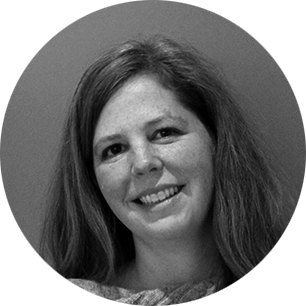
Virginia San Fratello
More Info
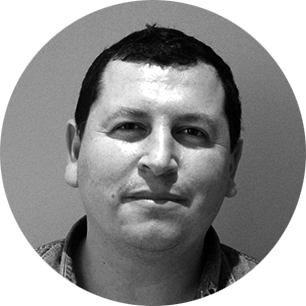
Ron Rael
More Info
Society Award of Excellence
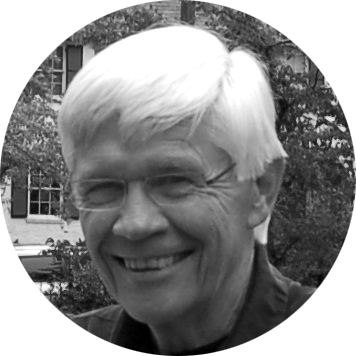
Charles Eastman
More Info
Innovative Academic Program Award of Excellence
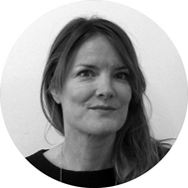
The Royal Danish Academy of Fine Arts
Accepted by Mette Ramsgaard Thomsen
More Info
Teaching Award of Excellence
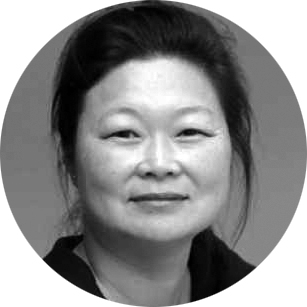
J. Meejin Yoon
More Info
Innovative Research Award of Excellence

Andrew Payne
More Info
